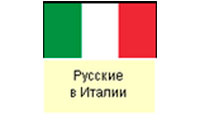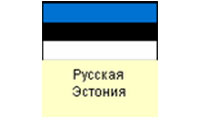Russian minority and the economic life of interwar Latvia
In the 1920’s and 1930’s the economic situation in Latvia differed radically from that at the beginning of the 20th Century. Most of those industrial enterprises that had been evacuated to Russia never returned to Latvia after the First World War. After the war Latvia’s economy could not rely on raw material or the market of Soviet Russia. The industry of independent Latvia was dominated by agriculture as well as medium-sized and small businesses, mainly in food and wood-processing. Among the most important Russian enterprises were the M. S. Kuznetsov Joint-stock Company, the Popov Brothers Company, the Svetlanov Brothers Stockings and Knitwear Factory, the L. Ivanov First Cartridge Case Factory and the Kuzubov Company.
The agricultural sector became the main area of Latvia’s economy. Land reform reduced the estates of landlords and promoted the emergence of many new peasant farms. Russian peasants in Latgalia also created new farms. The proportion of Russians engaged in agriculture exceeded that of Latvians. However, Russian peasants fell behind Latvians in terms of the area of land belonging to one landowner. Latvians, making up 80% of all landowners, owned 88% of the total land area, whereas Russians made up 11% of landowners but owned 6% of the land.



















